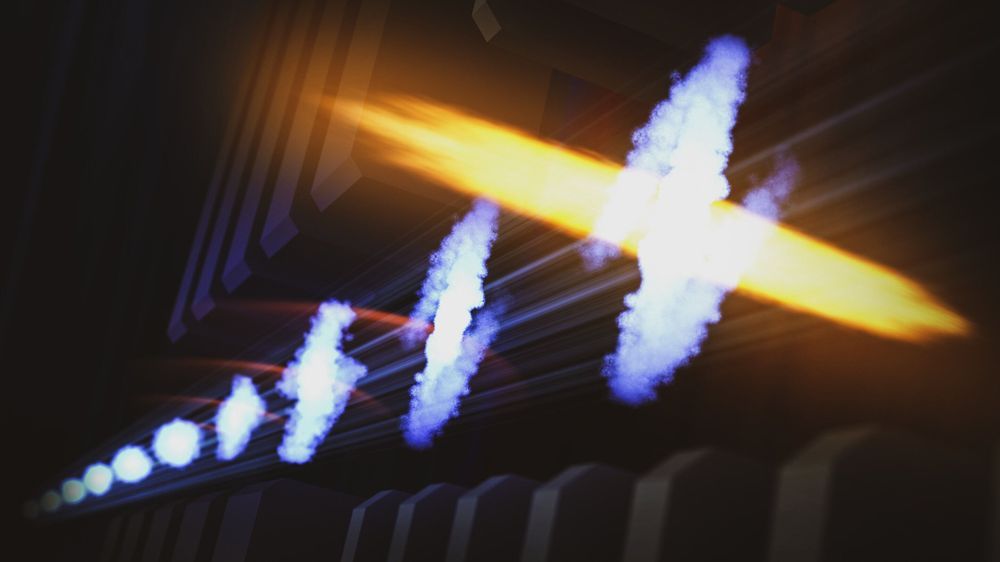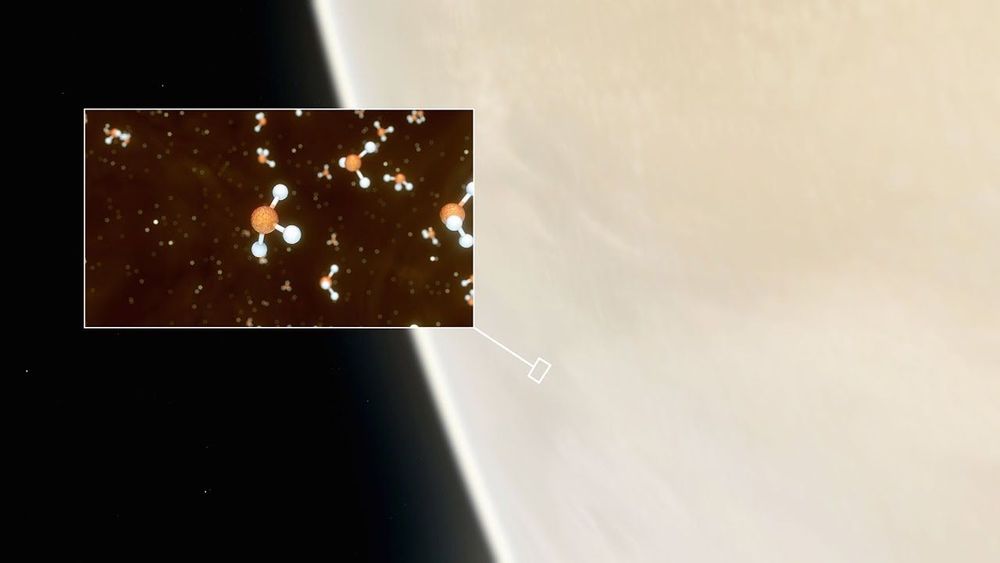Blue Origin’s human lunar lander all-star space team completes first key milestone for moon mission – TechCrunch.
Blue Origin, along with it partners Lockheed Martin, Northrop Grumman and Draper, was one of three companies to be awarded contracts by NASA to develop human lunar landers for future moon missions. Blue Origin’s so-called “National Team” is focused on developing a Human Landing System (HLS) for NASA to support its efforts to return human astronauts to the surface of the moon by 2024, and today it announced that along with its partners, it has achieved the first crucial step of defining the requirements of the mission, including any space and ground vehicles used.
This is a key first step, which amounts to having established a checklist of thousands of items that will make up the parameters of the National Team’s HLS mission. It means that the company can now move ahead to further NASA reviews (it has already agreed with the agency on a number of the proposed design and build standards) and ultimately, the preliminary design phase.
Blue Origin and its partners won’t be starting from scratch with their design, which is one advantage to the Bezos –founded space company working with established industry partners like Lockheed, Northrop and Draper. They’re “evolving” much of their landing system design from existing spacecraft including Orion, the reusable spacecraft that will take NASA’s astronauts from Earth back to the moon via the Artemis program, which was built in part by Lockheed Martin.









